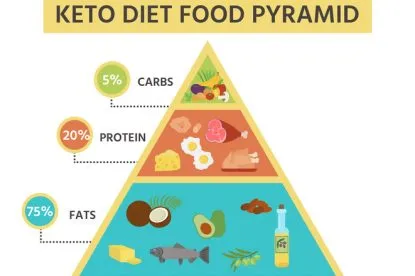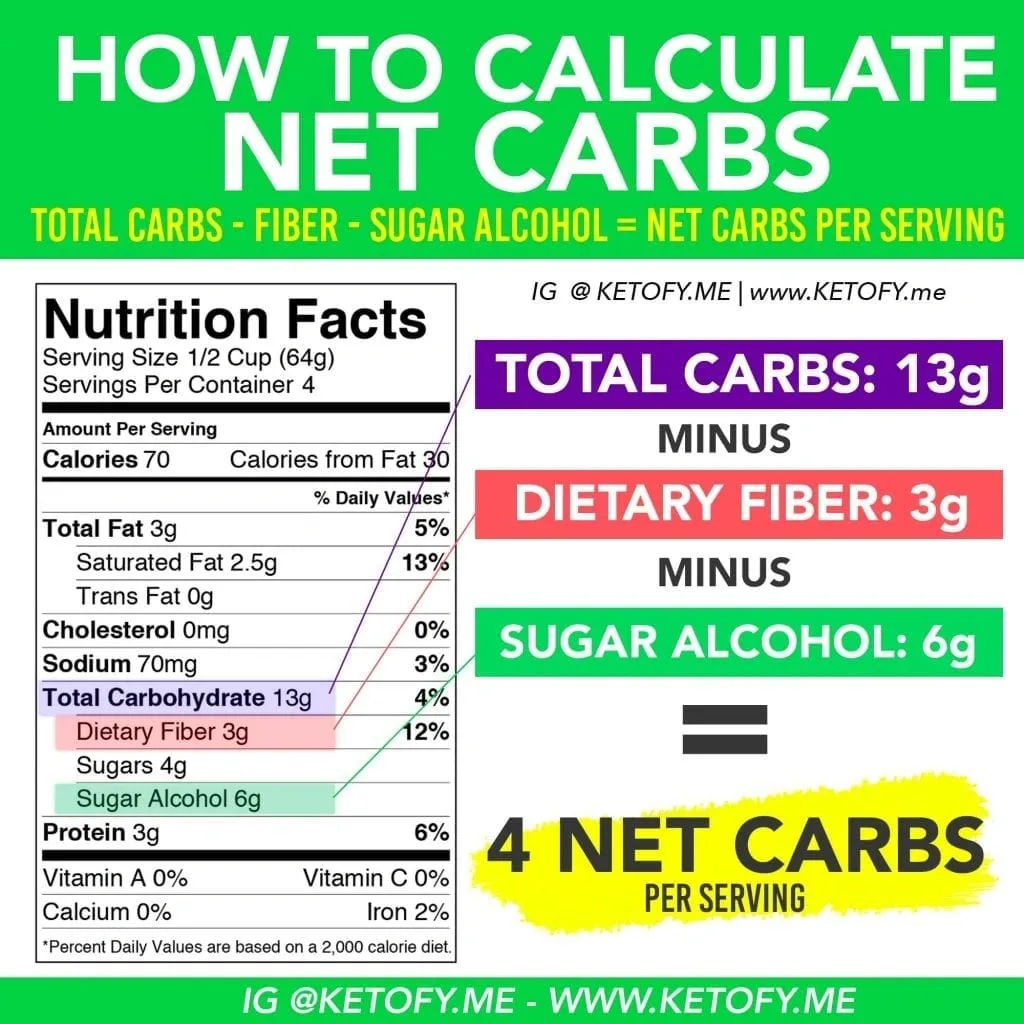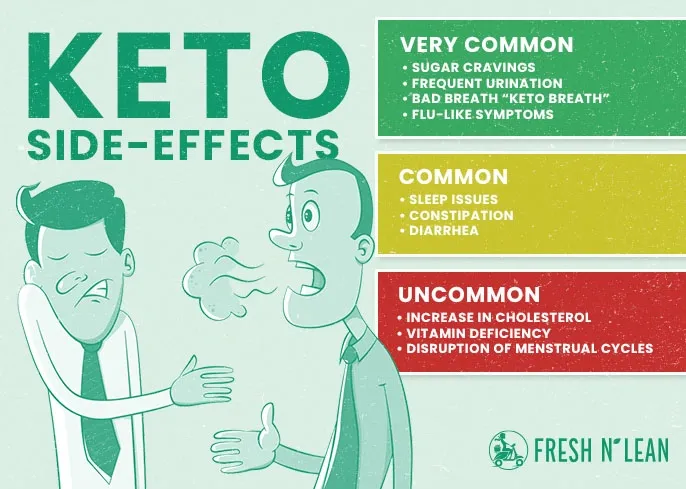
Ketogenic Diet aka Keto Diet is a low carb/high fat diet. The diet should be approximately 75% Fats, 20% Protein and 5% or less of Carbohydrates for your daily food intake. It looks harder than it actually is to stay within these parameters. For ideas on keto meals see this link to a Keto cookbook to help you get started. https://amzn.to/3mi6icM
Carbs are the #1 energy source for the body and when carbs are low the body will use its 2nd choice, fats as energy. When your body switches to using fat as energy that is called being in ketosis. The word ketosis comes from the word ketones which are the molecules produced in the liver from fats, ketones are sent into the bloodstream and used as energy.
Some people like to test themselves to make sure they are in ketosis by using ketosis testing tools that analyze the urine, blood or breathe.
Links for testing methods tools:
Urine Test: https://amzn.to/3jKUQF8
Blood Test: https://amzn.to/3oNmB3i
Breath Analyzer: https://amzn.to/3mHkKLH
Your body does not just jump into ketosis right away, it can take 2 to 10 days and if you eat more than 5% carbs per day your body will rather use the carbs and the process to get back into ketosis will have to start all over again to make your body to use the fats for energy. To jumpstart getting into ketosis you can do a 24r water or fat fast right before starting the keto diet. This might not be for everyone and remember to talk to your health care professional if you have any medical conditions or are taking medication before starting any diet.
Not all carbs are the same when inside your body, you may have seen products calling out Net Carbs as a way of counting the carbs while on Atkins or the Keto diet. Important to note Net carbs are not regulated by the FDA it is a term the industry made up to clarify that all carbs work differrently. Net Carbs is calculated as below Total Carbs minus Dietary Fiber & Sugar Alcohol equals Net Carbs. The rationale is that fiber is digested very slowly and cannot be used for energy and some fiber (insoluble fibers) are not digested at all. The sugar alcohols are an artificial sugar not actual sugar and not digestible at all. That is why it is a good idea to control your sugar alcohol intake. It can have you running to the bathroom.

On that note see below for some side effects that can happen while on a keto diet.
I don’t recommend this diet as a long term way to eat but rather a short term about 2-10 weeks as a way to start your weight loss journey or if you only have 15 lbs or less to lose.

Supplements are available that can assist the liver to convert the fat to energy faster thereby providing more energy and reduced side effects, the ingredient is called Beta-Hydroxybutyrate, BHB for short. Only one clinically studied trademark BHB exists its called goBHB. goBHB is available in capsule form or as various flavored powdered beverages; trust me they do not taste bad at all.
Product Links:
goBHB Capsules: https://amzn.to/3on1NiT
goBHB Power Drink Mix: https://amzn.to/37BgXLK
GoBHB Clinical Studies:
https://pubmed.ncbi.nlm.nih.gov/8237864/
https://pubmed.ncbi.nlm.nih.gov/26766547/

100% Daily Value (DV) based on a 2,000 calorie diet
- Total Fat changed from 65g to 78g
- Total Carbohydrate changed from 300mg to 275mg
- Sodium changed from 2400mg to 2300mg
- Potassium changed from 3500mg to 2300mg
- Calcium changed from 1000mg to 1300mg
- Vitamin D changed from 400IU to 800IU
Mandatory Vitamins & Minerals
Vitamin A and Vitamin C are no longer required and Vitamin D and Potassium are now required for all Nutrition Facts Panel

Sugar
A new line added “Added Sugar with 100% Daily Value of 50g. Sugar was changed to Total Sugar which is the total of naturally occurring sugar and the added sugar. An example of naturally occurring sugars are vegetable juice, fruit juice and concentrates and sugars added during the process are considered added sugars.
To learn more about the changes to the Nutrition Fact Panel: https://www.fda.gov/food/food-labeling-nutrition/changes-nutrition-facts-label
